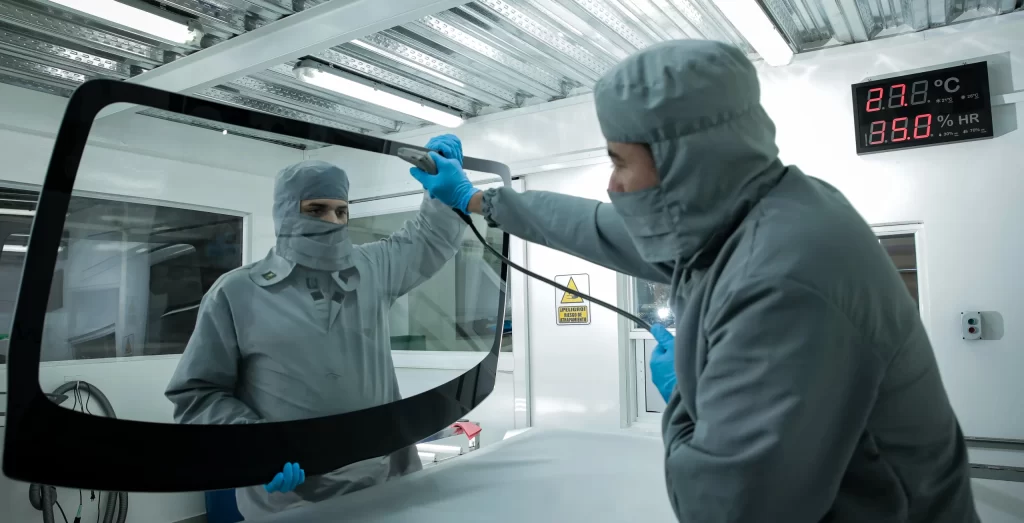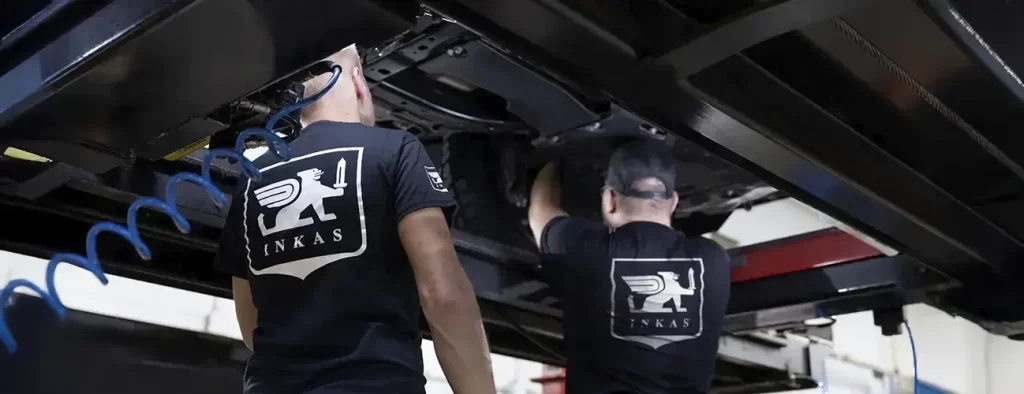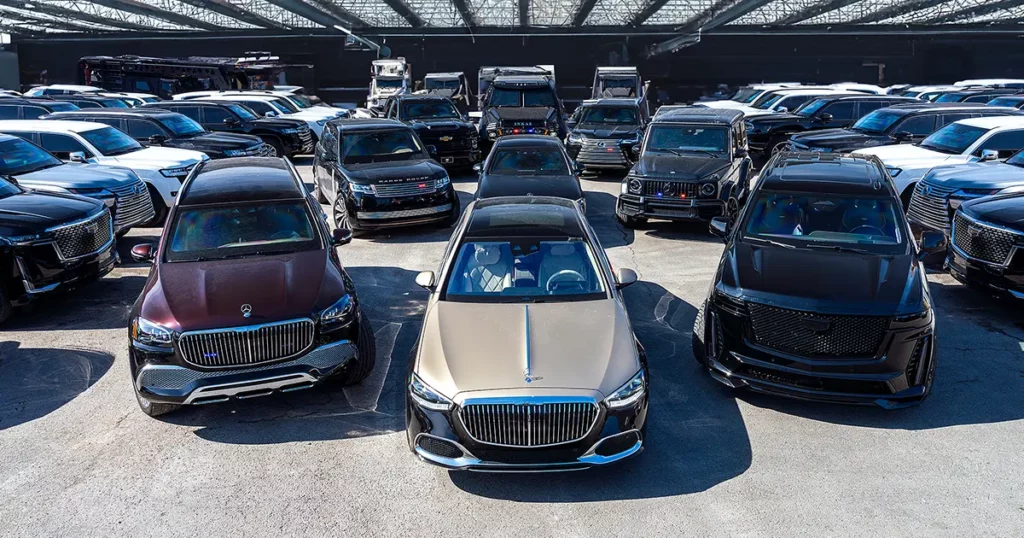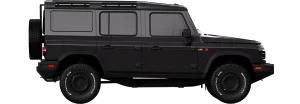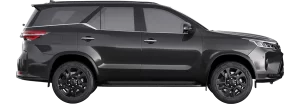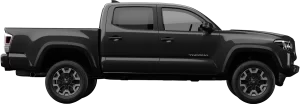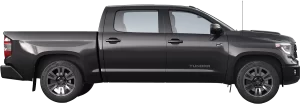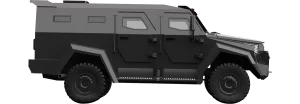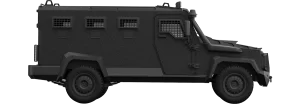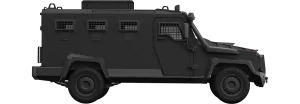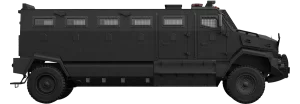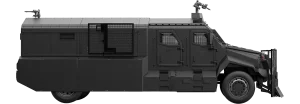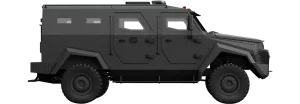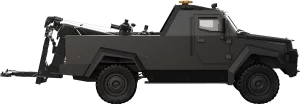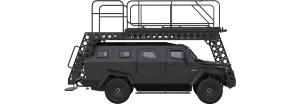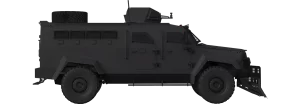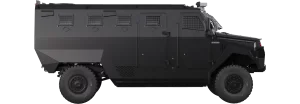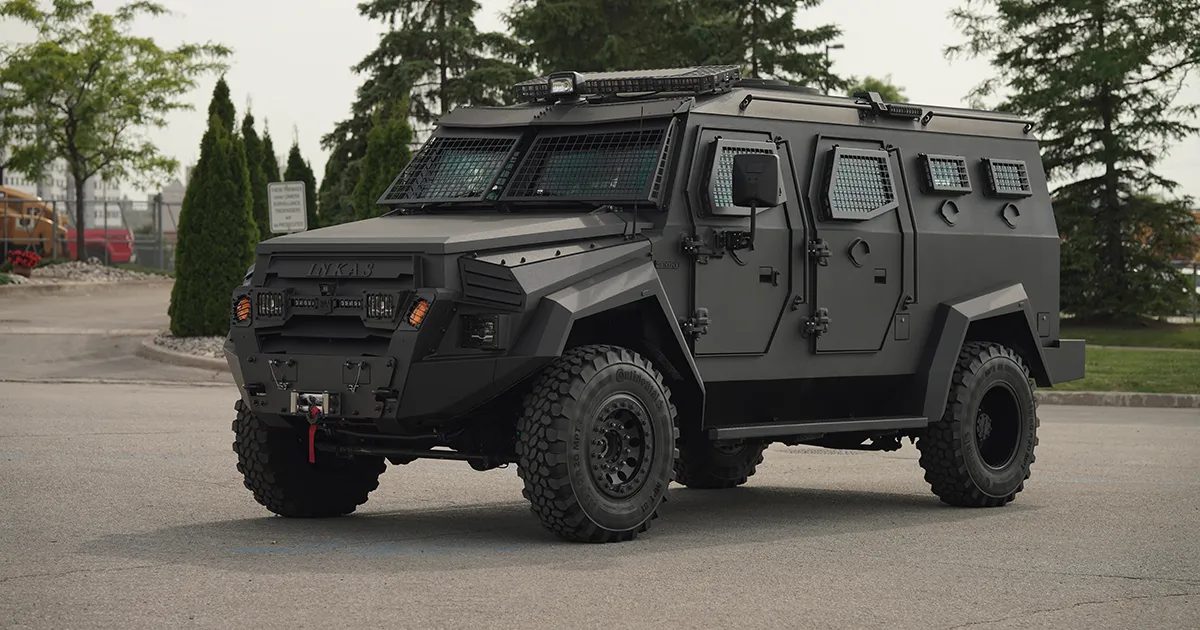Within the context of contemporary conflict and security operations, the Armored Personnel Carrier (APC) remains an essential element. These are armored vehicles built specifically for the transportation of troops in a tactical and secure manner and are a mix of security and flexibility. But what are these APCs, and why are they so crucial?
An Armored Personnel Carrier is a type of light armored military vehicle used to transport personnel. It is constructed with ballistic protection to shield soldiers from various firearms.
While tanks are exceedingly armed and built for frontline services, the APC’s main role concerns the protection and swift movement of people. They serve as a mobile, protected means of delivering soldiers to various strategic locations.
History and Evolution
The idea could be traced back to the First World War when mechanized warfare required protected troop-carrying vessels. Early armored vehicles were not very advanced at all; in fact, they were simple armored trucks with little modification. The advancements in technology over the decades have transitioned APCs from simple, lightly armored creations into fighting vehicles capable of handling substantial measures of threat.
Key Features of APCs
1. Armor Protection
An APC’s primary duty and goal is to protect the people who are housed within. Most APCs have some level of armor that can protect them from small arms fire, artillery shrapnel, and, on occasion, mines and IEDs. The materials are known to comprise high-hardness steel, aluminum, and composite armor.
2. Mobility
Like all modern forms of automobiles, APCs are developed for use on various terrains, thus making it easy for them to be used on any type of surface, including city roads, country tracks, or even the rough terrains of a battlefield. These tend to be equipped with strong engines, sturdy shock absorption mechanisms, and, in most cases, a capacity to move across water with the use of special flaps.
3. Capacity
APCs differ in size, but most of the time, they can accommodate up to 10-20 soldiers and their equipment. It offers extreme protection on the interior, but on the same note, it accommodates the comfort required for long transportation.
4. Armament
As highly armored vehicles, APCs are not utilized as attack weapons, although many of them are armed with light weapons for their defense. These may feature one or two gun attachments, such as the machine gun, grenade launcher, or even anti-tank missiles for some of the higher classes.
5. Communication Systems
Most modern APCs are equipped with an efficient communication system that facilitates interaction with other vehicles and control centers. This is very important, especially in planning and conducting strategic operations on the battlefield and also in passing information to the concerned parties on the field.
Types of APCs
APCs come in various configurations, each tailored to specific operational needs.
1. Wheeled APCs
Road maneuverability and speed are the hallmarks of wheeled APCs, such as the British Saxon series and the American Stryker. They are ideal for rapid deployment and urban operations.
2. Tracked APCs
Tracked APCs provide better off-road performance and stability. Examples of these vehicles are the Canadian TLAV and the American M113. They work well in a variety of settings because their tracks offer superior traction on soft or uneven terrain.
3. Amphibious APCs
Amphibious APCs can operate both on land and in water; one example is the U.S. Marine Corps AAV7. For smooth transitions between aquatic and terrestrial operations, such as beach landings and river crossings, these vehicles are required.
Applications of APCs
It is important to note that APCs are not only used in war; they are used in other forms of civilian and police operations as well.
1. Military Operations
They are very central for troop movements, reconnaissance, and as command, observation and control vehicles. Their roles involve offering protection to soldiers, as well as the mobility that is essential in contemporary wars.
2. Peacekeeping Missions
APCs are often used in United Nations peacekeeping missions since they act as armed escorts for personnel tasked to work in hostile territories. Their presence assists in discouraging aggression and guaranteeing personnel’s safety.
3. Counterterrorism and Law Enforcement
Police forces take advantage of APCs in cases of terrorism, public unrest, and during searches and rescues. Their armored protection is well-earned and needed for the protection of the officers and civilians in risky situations.
4. Disaster Response
When evaluating APCs for use in disaster areas, they may be employed to move rescue workers and equipment through rubble-filled or dangerous terrains.
The protection, mobility, and versatility that armored personnel carriers offer make them essential to contemporary security and defense operations. The necessities of modern warfare and civilian requirements continue to drive the evolution and adaptation of APCs, whether they are used in military conflict, peacekeeping operations, or disaster relief.
If you need high-quality armored vehicles, go no further than INKAS Armored, a leading manufacturer of dependable, revolutionary armored solutions tailored to your specific security requirements.

